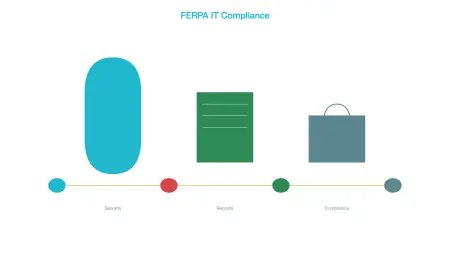How Is AI Software Development Reshaping Fraud Detection in Finance?
The future of fraud prevention lies in the seamless integration of AI capabilities that can outsmart even the most sophisticated criminal enterprises while maintaining the trust and convenience that customers expect.

The financial services industry faces an escalating battle against increasingly sophisticated fraud schemes that cost billions annually. Traditional rule-based fraud detection systems, while foundational, are proving inadequate against modern cybercriminals who continuously evolve their tactics. This challenge has sparked a revolutionary transformation through advanced ai software development, where machine learning algorithms and artificial intelligence are becoming the cornerstone of next-generation fraud prevention systems that can adapt, learn, and respond to threats in real-time.
Real-time Pattern Recognition and Behavioral Analysis
AI-powered fraud detection systems excel at identifying subtle patterns that human analysts might miss. These systems continuously analyze vast datasets to establish baseline user behaviors and immediately flag anomalies. Key capabilities include:
- Behavioral biometrics: Analyzing typing patterns, mouse movements, and device interaction habits to create unique user fingerprints
- Transaction pattern analysis: Monitoring spending habits, geographical locations, and timing patterns to detect unusual activities
- Network analysis: Identifying connections between accounts, devices, and transactions that may indicate coordinated fraud attempts
- Risk scoring: Assigning dynamic risk scores to transactions based on multiple variables and historical data
Machine Learning Model Evolution
Modern AI fraud detection systems employ sophisticated machine learning models that continuously improve their accuracy through exposure to new data. These models can:
- Adapt to emerging threats: Self-learning algorithms that evolve with new fraud patterns without requiring manual rule updates
- Reduce false positives: Advanced models that minimize legitimate transaction blocks while maintaining security
- Process multiple data sources: Integration of structured and unstructured data from various touchpoints for comprehensive analysis
- Predictive analytics: Forecasting potential fraud attempts before they occur based on historical patterns and current trends
Enhanced Customer Experience Through Intelligent Automation
AI-driven fraud detection significantly improves customer experience by streamlining verification processes and reducing friction for legitimate users:
- Seamless authentication: Invisible security measures that verify users without disrupting their experience
- Instant decision-making: Real-time fraud assessment that prevents delays in legitimate transactions
- Personalized security: Customized protection levels based on individual user risk profiles and preferences
- Proactive alerts: Intelligent notification systems that alert customers to potential threats without overwhelming them
Regulatory Compliance and Risk Management
AI systems help financial institutions meet stringent regulatory requirements while maintaining operational efficiency:
- Automated compliance reporting: Systems that generate required documentation and audit trails automatically
- Risk assessment optimization: Dynamic risk management that adjusts to changing market conditions and regulatory landscapes
- Data privacy protection: Advanced encryption and anonymization techniques that protect customer information
The transformation of fraud detection through artificial intelligence represents a paradigm shift in financial security. Organizations seeking to implement these advanced systems must hire ai engineers with specialized expertise in machine learning, cybersecurity, and financial technologies. The future of fraud prevention lies in the seamless integration of AI capabilities that can outsmart even the most sophisticated criminal enterprises while maintaining the trust and convenience that customers expect.
What's Your Reaction?
 Like
0
Like
0
 Dislike
0
Dislike
0
 Love
0
Love
0
 Funny
0
Funny
0
 Angry
0
Angry
0
 Sad
0
Sad
0
 Wow
0
Wow
0

















































